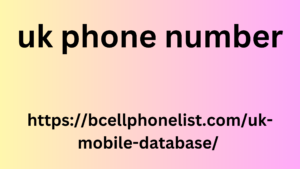Authentication in Node.js with Speakeasy
Are you looking to enhance the security of your Node.js application? Look no further than Speakeasy, a lightweight library that allows you to easily implement two-factor authentication. In this article, we will guide you through the process of integrating Speakeasy into your Node.js application to add an extra layer of protection for your users.
What is Speakeasy?
Speakeasy is a Node.js library that provides an easy way to implement two-factor authentication using Time-based One-Time Passwords (TOTP) and HMAC-based One-Time Passwords (HOTP). With Speakeasy, you can generate a secret key for each user, which can then be used to verify their identity during the authentication process.
Getting Started with Speakeasy
To start using Speakeasy in your Node.js application, you first need to install the library using npm:
npm install speakeasy
Once you have installed Speakeasy, you can import it into your application using the following code:
const speakeasy = require(‘speakeasy’);
Generating a Secret KeyThe first step in implementing
two-factor authentication with Speakeasy is to generate a secret key for each user. You can do this using the following code:
const secret = speakeasy.generateSecret({ length: 20 });
console.log(secret.base32);
This will generate a random secret key for the user, which can then be stored securely in your database.
Generating a TOTP Code
Once you have generated a secret key uk phone number for the user, you can use Speakeasy to generate a TOTP code at the time of authentication. This code can be verified against the user’s secret key to ensure their identity. Here’s an example of how you can generate a TOTP code using Speakeasy:
const token = speakeasy.totp({
secret: secret.base32,
encoding: ‘base32’
});
console.log(token);
Verifying the TOTP Code Finally, to verify the TOTP code
entered by the user, you can use the following code:
const verified = speakeasy.totp.verify({
secret: secret.base32,
encoding: ‘base32’,
token: userToken,
window: 0
});
if (verified) {
console.log(‘Authentication successful’);
} else {
console.log(‘Authentication failed’);
}
Conclusion
Adding two-factor authentication to your Afghanistan Phone Number List Node.js application with Speakeasy is a simple and effective way to enhance security for your users. By following the steps outlined in this article, you can easily implement two-factor authentication and protect your application from unauthorized access. Give Speakeasy a try today and keep your users’ data safe and secure.
Meta Description: Learn how to implement two-factor authentication in Node.js using Speakeasy. Enhance your application’s security with this lightweight library.
Title: Implementing Two-Factor Authentication in Node.js with Speakeasy
Don’t forget the importance of security in your application. authentication implemented in Node.js.


